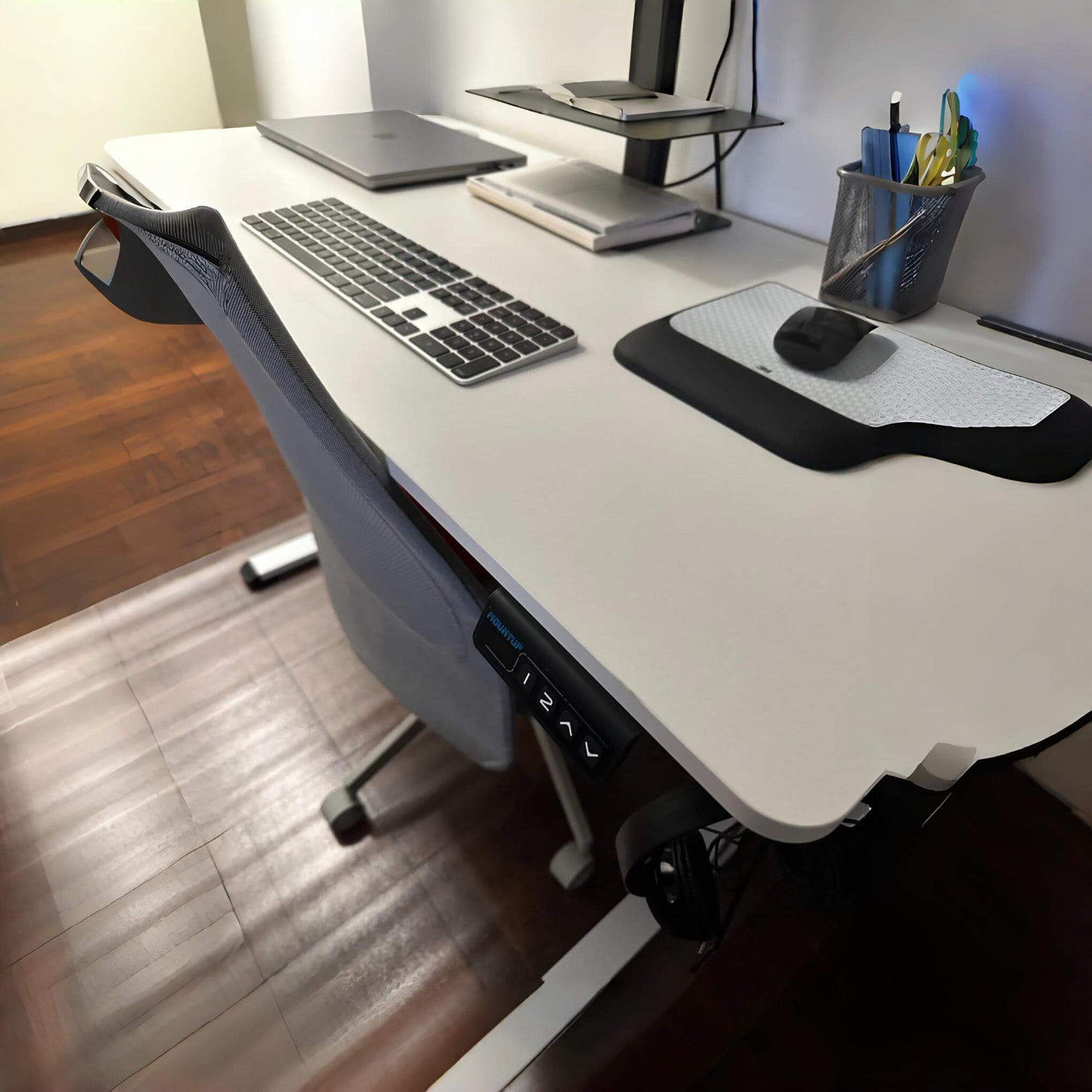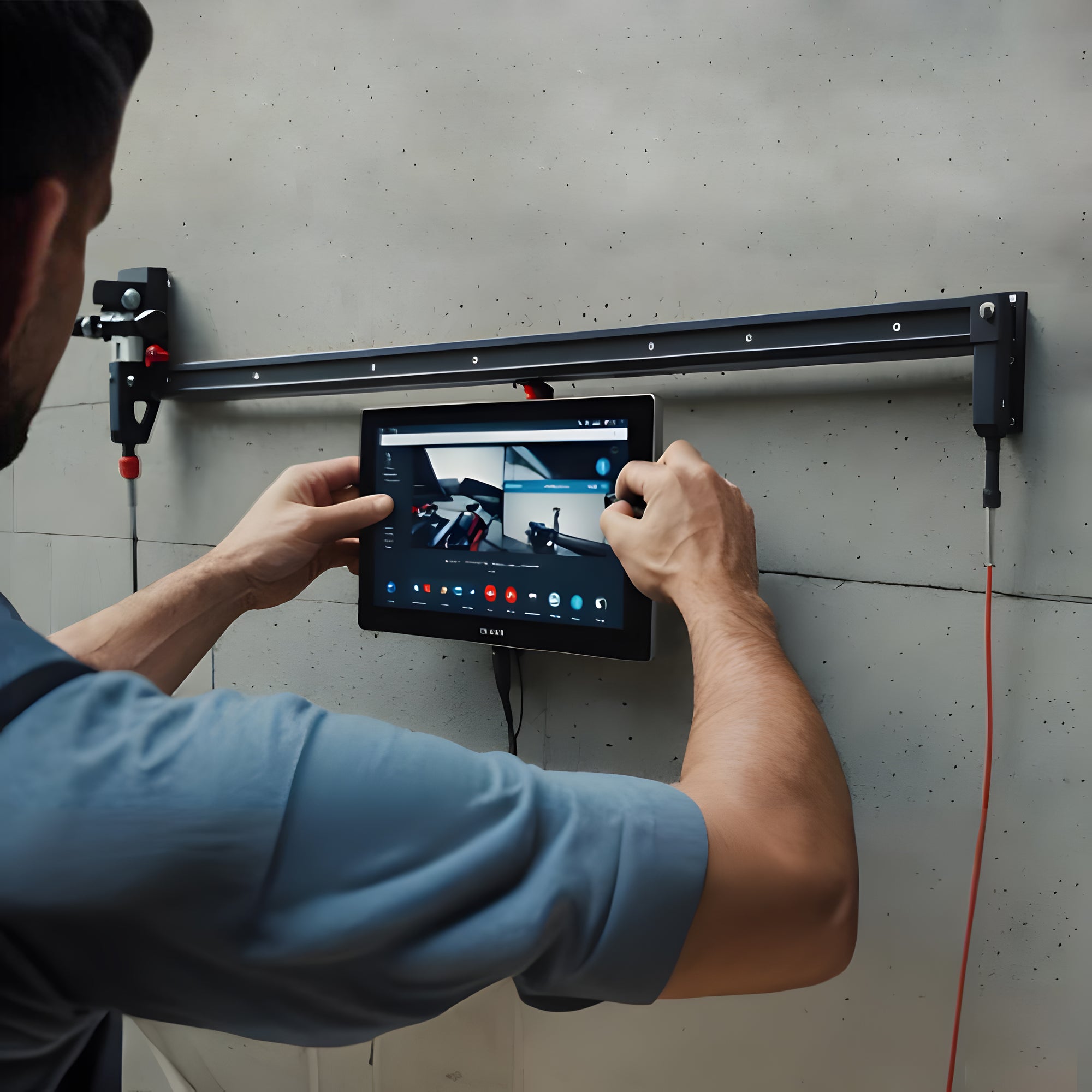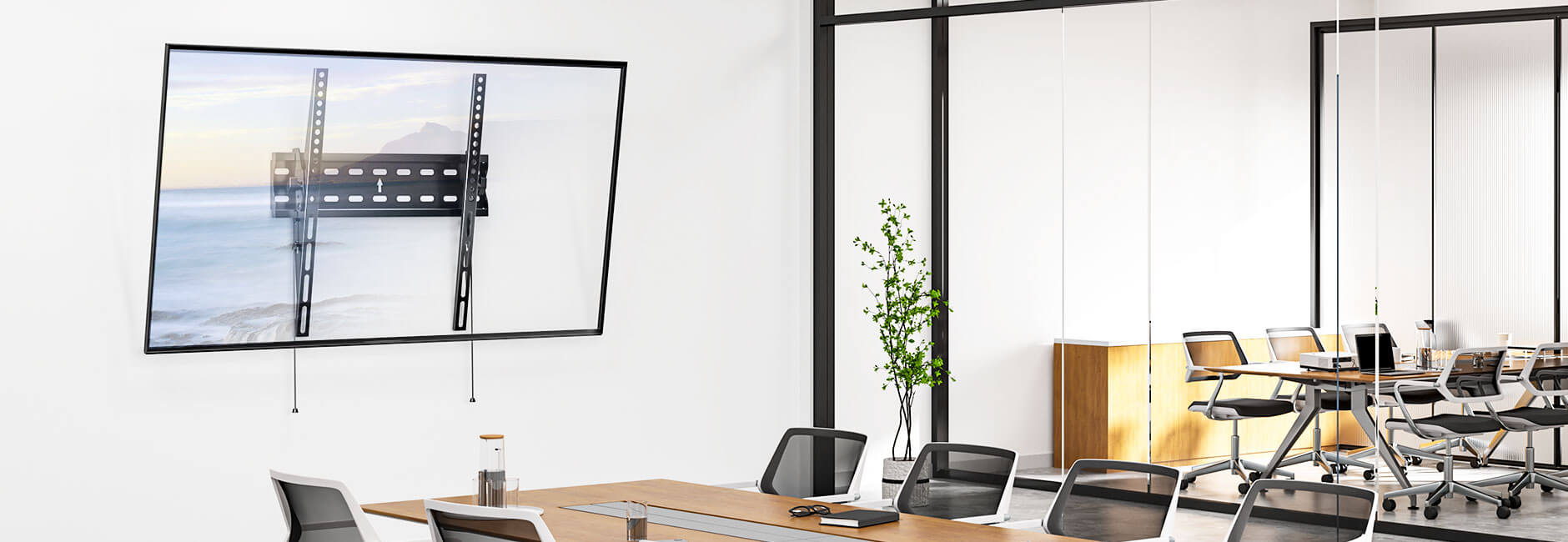|
Table of Contents Key Takeaways 1.Health Benefits of Using a Standing Desk 2.Improving Posture and Reducing Pain 3.Boosting Energy and Productivity 4.Choosing the Right Standing Desk 5.Tips for Transitioning to a Standing Desk 6.Standing Desk Myths and Facts 7.Real-World Success Stories 8.Conclusion 9.Frequently Asked Questions
|
A standing desk, also known as a stand-up desk, allows you to work comfortably while standing. Modern versions are often adjustable, enabling you to switch between sitting and standing. Research indicates that standing desks can offer significant health benefits and may even boost productivity. This article explores why you should consider investing in a standing desk.
Key Takeaways
- Standing desks can help reduce the risk of obesity and lower blood sugar levels.
- Using a standing desk may decrease the risk of heart disease and alleviate back pain.
- Standing while working encourages proper ergonomics and can reduce neck and shoulder strain.
- Standing desks can boost energy levels, enhance mood and focus, and improve overall productivity.
- There are various types of standing desks available, including adjustable and budget-friendly options.
Health Benefits of Using a Standing Desk
Using a standing desk can have a positive impact on your overall health, leading to improved quality of life and longevity. From reducing the risk of obesity to improving overall health and well-being, there are many reasons to consider using a standing desk. Try a standing desk for 30 days risk-free and begin to experience the health benefits for yourself.
Improving Posture and Reducing Pain
Alleviating Back Pain
Standing desks can be a game-changer for those suffering from back pain. Sitting for extended periods can put undue pressure on your spine and discs, leading to discomfort. Alternating between sitting and standing can help alleviate minor back pain and promote a healthier spine.
Reducing Neck and Shoulder Strain
Using a standing desk can also reduce neck and shoulder strain. When you stand with proper posture, your spine elongates, and the strain on your neck and shoulders decreases. This can lead to less tension and discomfort over time.
Encouraging Proper Ergonomics
Proper ergonomics are crucial when using a standing desk. Your monitor should be at eye level, about 20 inches from your face, with a slight tilt. Your arms should be bent at a 100-degree angle, and your wrists should hover comfortably above the keyboard. This setup encourages better posture and reduces the risk of pain and strain.
Boosting Energy and Productivity
Increasing Energy Levels
Standing while working can significantly increase your energy levels. When you stand, your blood circulates more efficiently, delivering more oxygen to your muscles and brain. This can help you feel more awake and alert throughout the day, reducing the afternoon slump that often comes with prolonged sitting.
Enhancing Mood and Focus
Standing desks can also enhance your mood and focus. When you stand, your brain becomes more engaged, which can lead to improved concentration and a better overall mood. A study at Texas A&M University found that people who stood up at work in a call center were 50% more productive.
Improving Overall Productivity
Using a standing desk can lead to a noticeable improvement in productivity. According to a study, sit-stand desks increased subjects' factors of vitality in work engagement. With increased energy and better focus, you can stay on task and complete your work more efficiently.
Choosing the Right Standing Desk
Adjustable vs. Fixed Desks
When selecting a standing desk, one of the first decisions you'll need to make is whether to go for an adjustable or fixed desk. Adjustable standing desks allow you to change the height, making it easy to switch between sitting and standing. This flexibility can be particularly beneficial if multiple people use the same desk or if you like to change your working position throughout the day. On the other hand, fixed desks are generally more stable and can be a good option if you prefer a consistent height.
Ergonomic Considerations
Ergonomics play a crucial role in choosing the right standing desk. If your workplace has a dedicated ergonomics specialist, consult them for advice. They can help you set up your desk to ensure you're not putting unnecessary strain on your body. Key ergonomic features to look for include adjustable height, a spacious work surface, and the ability to position your monitor at eye level.
Budget-Friendly Options
Standing desks come in a wide range of prices, so it's possible to find one that fits your budget. Some budget-friendly options include desktop converters that sit on top of your existing desk and can be adjusted to different heights. These are often more affordable than full standing desks and still offer many of the same benefits. Additionally, look for sales or discounts, especially during office supply promotions.
Choosing the right standing desk is about doing what is best for your body type, health condition, and personal work scenario. Make sure to consider all factors before making a decision.
Tips for Transitioning to a Standing Desk
Transitioning to a standing desk can be a game-changer for your health and productivity, but it's important to do it right to avoid potential discomfort or injury. Here are some tips to help you make the switch smoothly.
Gradual Adjustment Period
Ease into it by starting with 30 to 60 minutes of standing each day and gradually increasing the duration. Setting a timer can help remind you when to stand or sit, ensuring you don't overdo it initially.
Proper Footwear and Anti-Fatigue Mats
Wearing comfortable shoes with little to no heel can make a significant difference. Additionally, standing on a cushioned mat provides extra support and reduces strain on your legs and feet.
Incorporating Movement and Breaks
Don't just stand still; incorporate movement into your routine. Take short breaks to walk around or stretch. This not only helps in reducing fatigue but also keeps your blood circulating well.
Remember, the goal is to find a balance that works for your body and work habits. Transitioning gradually and using ergonomic accessories can make the process much smoother.
Standing Desk Myths and Facts
Myth: Standing All Day is Necessary
One common misconception is that you need to stand all day to reap the benefits of a standing desk. This is not true. In fact, standing for prolonged periods can lead to discomfort and fatigue. The key is to find a balance between sitting and standing throughout the day.
Fact: Balance Between Sitting and Standing
The most effective way to use a standing desk is to alternate between sitting and standing. Experts recommend starting with short standing intervals and gradually increasing the duration. This approach helps you avoid the pitfalls of both prolonged sitting and standing.
Myth: Standing Desks are Expensive
Another myth is that standing desks are prohibitively expensive. While some models can be pricey, there are many budget-friendly options available. From adjustable desk converters to fixed-height desks, you can find a solution that fits your budget.
Are you using your standing desk correctly? This post will go through the right way to use your new height adjustable desk for the best posture and results.
Real-World Success Stories
Case Studies from Various Workplaces
In a bustling newsroom, Steve Mullis, an online junkie and maven of awesome things, made the switch to a standing desk. After hearing horror stories of cheap standing desks seizing halfway due to motor failure, he was relieved to find no such issues with his UpDown Pro. His productivity and energy levels saw a noticeable boost.
Personal Testimonials
Many individuals have shared their positive experiences with standing desks. For instance, employees at a tech startup reported feeling more engaged and less fatigued throughout the day. The transition to standing desks was gradual, but the long-term benefits were undeniable.
Impact on Company Culture
The introduction of standing desks has also had a significant impact on company culture. Teams have reported increased collaboration and a more dynamic work environment. The shift has not only improved individual health but also fostered a sense of community and shared purpose.
The move to standing desks has transformed our workplace, making it more vibrant and health-conscious. The benefits extend beyond physical health, enhancing our overall work experience.
Conclusion
In conclusion, incorporating a standing desk into your daily routine can offer numerous health benefits and improve your overall well-being. From promoting better posture and reducing the risk of chronic diseases to boosting energy levels and productivity, the advantages are clear. While the initial adjustment may take some time, the long-term benefits make it a worthwhile investment. Whether you opt for a custom-built model or a simple conversion of your existing desk, the key is to ensure proper ergonomics to maximize the benefits. Give a standing desk a try and experience the positive impact it can have on your health and productivity.
Frequently Asked Questions
What is a standing desk?
A standing desk, also called a stand-up desk, allows you to stand up comfortably while working. Many modern versions are adjustable, allowing you to switch between sitting and standing.
What are the health benefits of using a standing desk?
Using a standing desk can help reduce the risk of obesity, lower blood sugar levels, decrease the risk of heart disease, and improve overall health and well-being.
Can a standing desk help improve posture?
Yes, standing desks can encourage proper posture, reducing the strain on your neck, shoulders, and back.
Do standing desks increase productivity?
Standing desks can boost energy levels, enhance mood and focus, and improve overall productivity.
Are standing desks expensive?
Standing desks come in a range of prices. While some can be costly, there are budget-friendly options available, including adjustable desks that sit on top of a standard desk.
How should I transition to using a standing desk?
It's best to gradually adjust to a standing desk. Use proper footwear, consider anti-fatigue mats, and incorporate movement and breaks into your routine.
Meta Description
Discover the health benefits, productivity boosts, and ergonomic tips of using a standing desk in your workspace.




